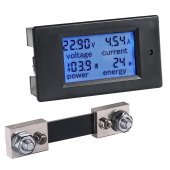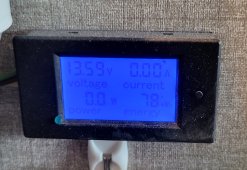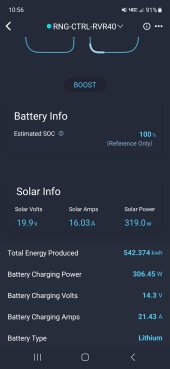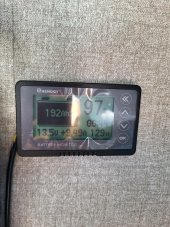This is my 12 volt system: 2 100ah battleborn lithium batteries (1 yr old), 40A renogy rover mppt controller, 3-190w solar panels. Batteries/panels are in parallel.
The controller goes into Boost mode every day (14.4v) is this ok?
Then when it gets dark my batteries (lcd battery monitor) read 13.24v - 13.26v. According to the chart below that is only like 70%! Shouldn't they be reading like 13.4v? If so, how do I fix this?
Thanks for your help!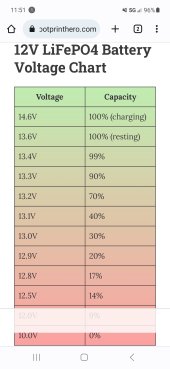
The controller goes into Boost mode every day (14.4v) is this ok?
Then when it gets dark my batteries (lcd battery monitor) read 13.24v - 13.26v. According to the chart below that is only like 70%! Shouldn't they be reading like 13.4v? If so, how do I fix this?
Thanks for your help!




